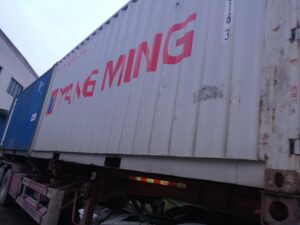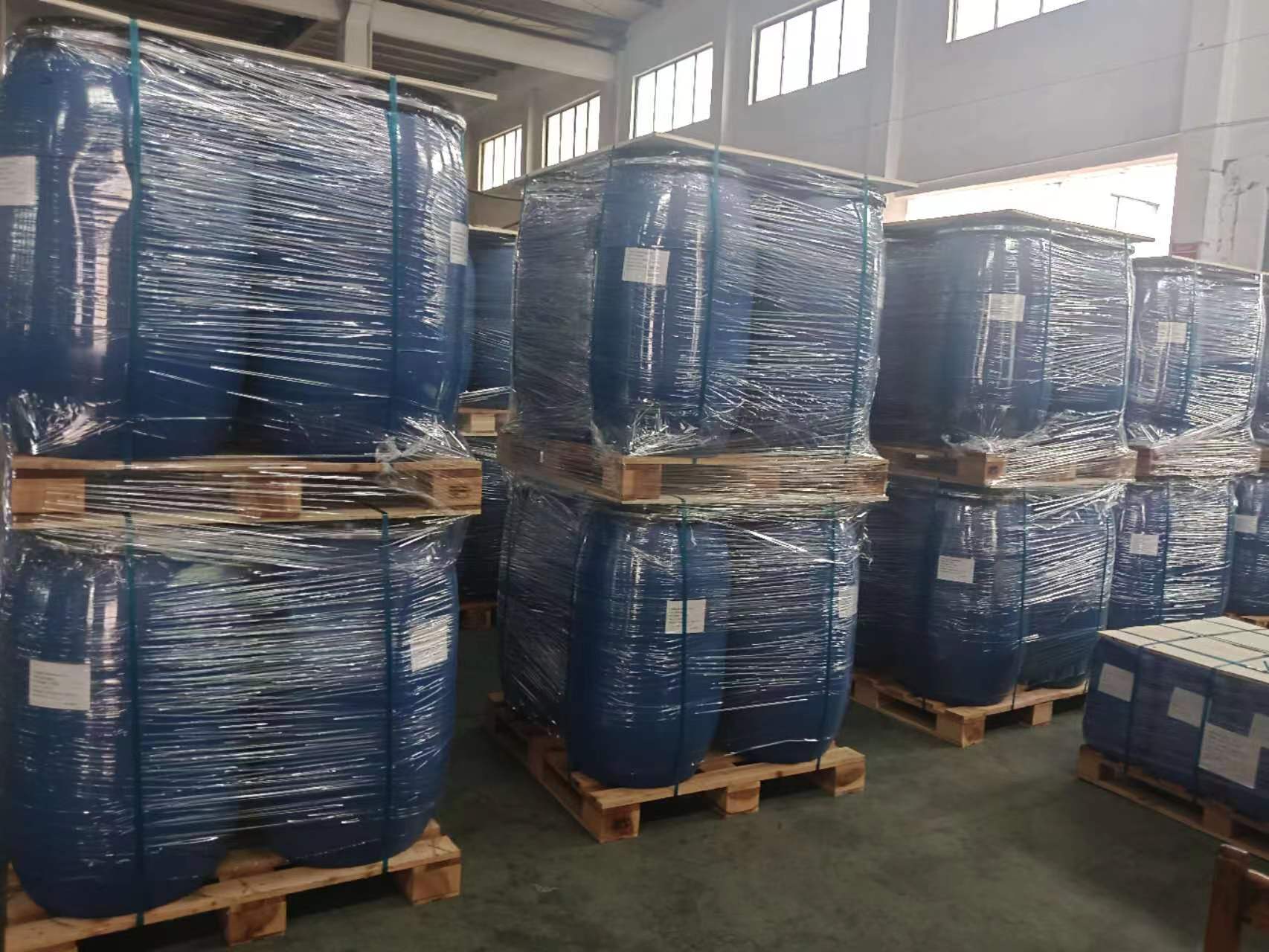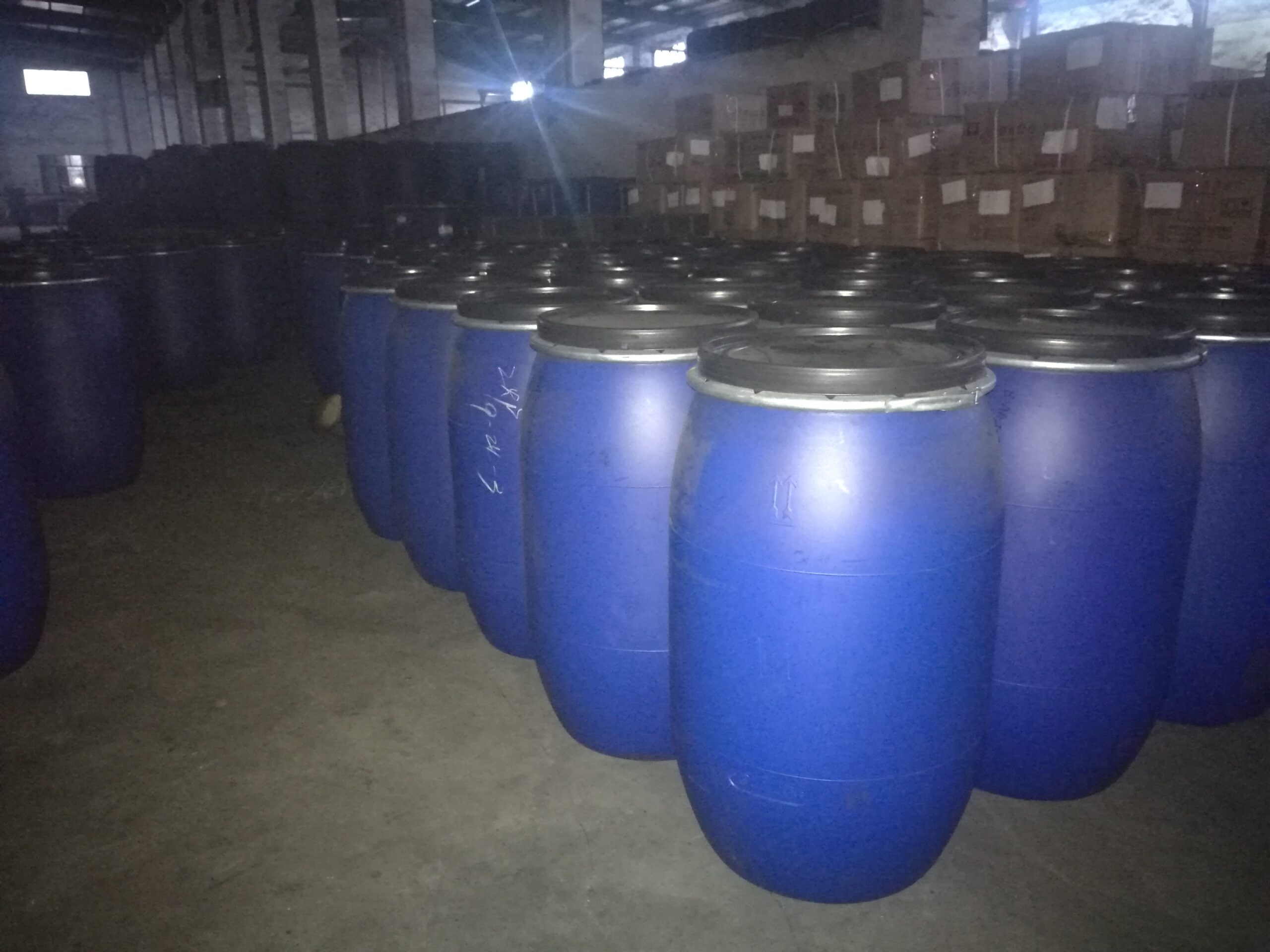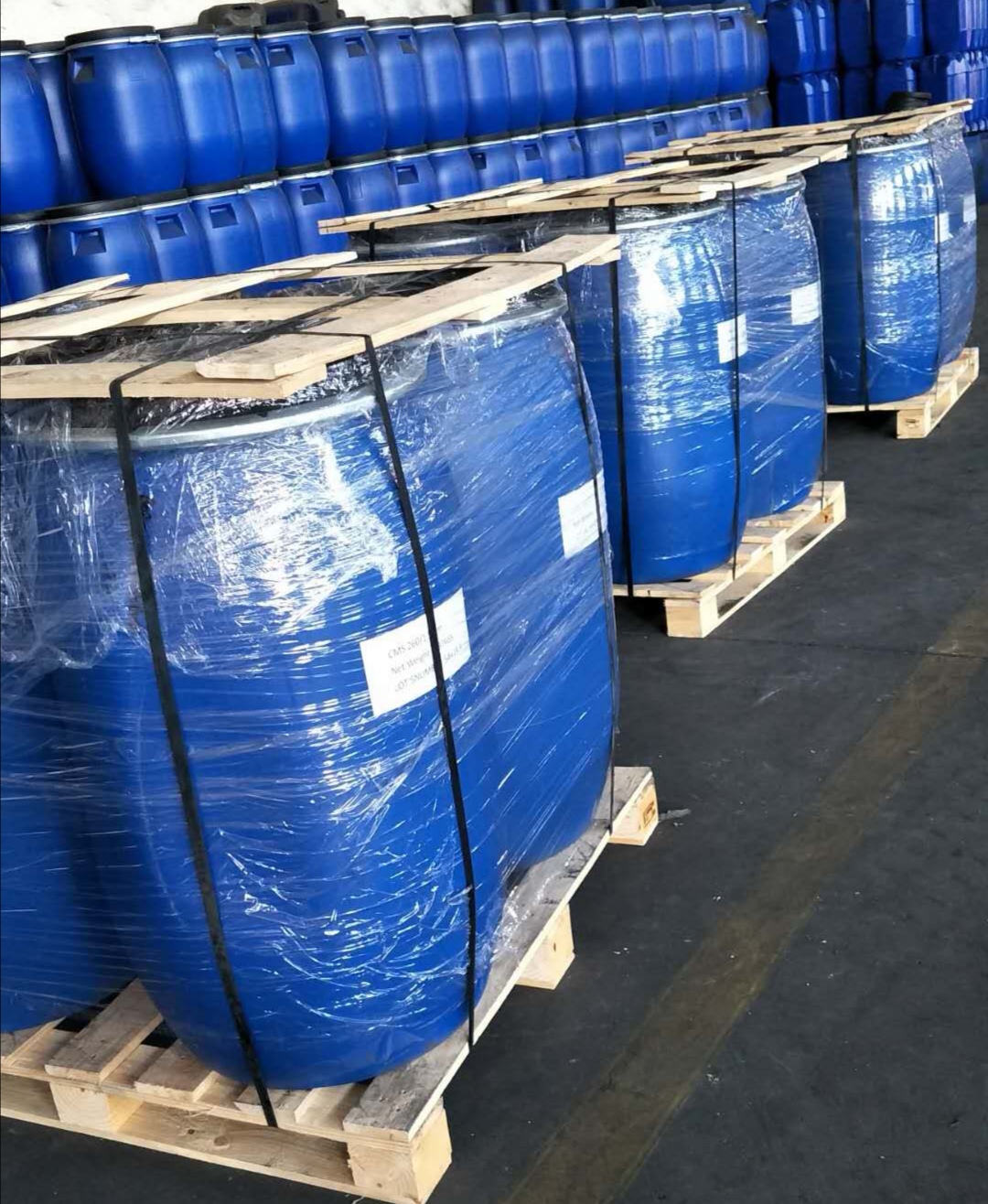PSA and Membrane Separation: New Breakthrough in Nitrogen Production Technology
PSA pressure swing adsorption (PSA) nitrogen production technology is centered around molecular sieves. It selectively adsorbs impurities through its unique pore structure, and can quickly produce high-purity nitrogen in 15 minutes, with purity adjustable to 99.5%. Compared to the deep cooling method, the investment is reduced by 20% to 50%, and the energy consumption is only 0.4 kW·h/m3. It operates automatically without the need for manual watching over, has low maintenance costs, and has become the preferred solution for small and medium-sized scale efficient nitrogen production.
Gas Pre-treatment Process Flow
In the PSA pressure swing adsorption nitrogen production technology, gas pre-treatment is a crucial step. It involves the initial purification of the raw gas to ensure the smooth progress of the subsequent pressure swing adsorption process. The pre-treatment process typically includes dust removal, dehumidification, de-carbonization, and de-sulfurization, aiming to reduce impurities and pollutants in the raw gas to an acceptable level. Through this series of treatments, we can obtain high-quality nitrogen products that meet the needs of various industrial applications.

Molecular Sieve Adsorption Principle Diagram
In the PSA pressure swing adsorption nitrogen production technology, the adsorption effect of molecular sieves is the core. Molecular sieves have a unique pore structure that can selectively adsorb certain components in the raw gas. Through this adsorption process, we can effectively separate impurities and pollutants from the raw gas, obtaining pure nitrogen products. This process plays a crucial role in gas pre-treatment and provides high-quality raw materials for the subsequent pressure swing adsorption process.

Schematic diagram of molecular sieve adsorption principle 2
In the core step of PSA (pressure swing adsorption) nitrogen production technology, the adsorption effect of molecular sieves plays a crucial role. Its unique pore structure enables molecular sieves to selectively adsorb specific components in the raw gas. This precise adsorption ability allows us to efficiently remove impurities and pollutants from the raw gas, thereby obtaining high-purity nitrogen products. This key step is indispensable in gas pre-treatment and lays a solid foundation for the subsequentPSA (pressure swing adsorption) process.

Principle of equipment adsorption process
In the practical application of PSA (pressure swing adsorption) nitrogen production technology, the equipment adsorption process is one of its core steps. Through the adsorption effect of molecular sieves, the equipment can efficiently remove impurities and pollutants from the raw gas, thereby obtaining high-purity nitrogen products. This process involves not only physical adsorption but also multiple complex steps such as temperature variation and pressure variation, collectively forming the key step of gas pre-treatment.
Adsorption curve diagram
In PSA (pressure swing adsorption) nitrogen production technology, the adsorption curve diagram is an important tool for revealing the equipment adsorption process. It visually presents the adsorption characteristics of molecular sieves under different conditions, helping us understand the operation mechanism of the nitrogen production equipment. This curve diagram not only records the removal of impurities and pollutants in the raw gas but also reflects the influence of temperature variation and pressure variation on the adsorption effect, thereby providing strong support for optimizing the nitrogen production process.
Process flow diagram of PSA nitrogen production equipment
In the application of PSA (pressure swing adsorption) nitrogen production technology, the process flow diagram of the equipment plays a crucial role. It details the workflow of the nitrogen production equipment, including the input of raw gas, the adsorption process of molecular sieves, the removal of impurities, and the output of nitrogen gas. Through this flow diagram, we can clearly see how each step is interconnected and works together to ensure efficient and stable production of nitrogen gas that meets the requirements.
Process flow diagram of nitrogen production in PSA nitrogen production equipment
In the PSA nitrogen production equipment, the smooth operation of the nitrogen production process is of vital importance. Through the flow diagram, we can clearly see the input of raw gas, the adsorption process of molecular sieves, the removal of impurities, and the final output of nitrogen gas. These closely connected steps ensure the continuity and stability of nitrogen production, thus meeting the needs of various industrial applications.
Industrial process flow diagram of pressure equalization equipment for nitrogen purification
In industrial production, the stable operation of pressure equalization equipment is crucial for ensuring product quality and the continuity of the production process. Through the flow diagram, we can clearly see the processing of raw gas, the adjustment of pressure balance, and the output of final products. These precise control steps ensure the efficient operation of pressure equalization equipment, providing stable support for industrial production.
Process flow diagram of nitrogen purification equipment
In industrial production, nitrogen purification equipment plays a crucial role. Through the hollow fiber membrane separation nitrogen production equipment, we can efficiently separate and purify nitrogen from the raw gas, thereby obtaining high-purity nitrogen products. The optimization and control of this process flow are of great significance for improving product quality, ensuring production safety, and promoting industrial technological progress.
Equipment process flow diagram
The equipment process flow diagram of the hollow fiber membrane separation technology details the entire process of nitrogen purification. From the entry of raw gas to the efficient separation and purification of nitrogen, every step is closely linked, providing a clear reference for optimizing the production process and improving product quality.
Industrial version equipment process flow chart
Next, we turn our attention to the process flow chart of industrial-level equipment. Taking the PSA (Pressure Swing Adsorption) oxygen generator as an example, its flow chart details the entire process of oxygen production. From the initial treatment of raw gas, to the pressure swing adsorption stage, and then to the collection and purification of oxygen, each step is indispensable and together form an efficient and stable oxygen production system.
Overview of the Equipment Process Flow of the Oxygen Generator
Next, we will thoroughly analyze the equipment process flow of the oxygen generator. Taking the PSA (Pressure Swing Adsorption) oxygen generator as an example, its process not only includes the initial treatment of raw gas, but also covers the core steps of pressure swing adsorption, as well as the collection and purification of oxygen. The close connection and synergy of these steps jointly ensure the efficient and stable production of oxygen.
Detailed Explanation of the Filling Process Flow of the Oxygen Generator
After completing the core equipment process flow of the oxygen generator, we will focus on the filling process flow of the oxygen generator. This step is also crucial, as it involves the collection, purification of oxygen, and the final filling process, ensuring the quality of the oxygen product and the continuity of supply.
Process Flow of Large-scale VPSA Oxygen Generation Equipment
After discussing the filling process of the oxygen generator, we now turn to the process flow of large-scale VPSA oxygen generation equipment. This type of equipment is widely used in industrial fields, and its process flow includes the air separation pre-treatment equipment, which lays the foundation for the subsequent oxygen production.
High-pressure dryer
In the process flow of large-scale VPSA oxygen production equipment, the high-pressure dryer plays a crucial role. It is responsible for further removing moisture from the raw air, ensuring that the air entering the oxygen generator is dry and pure, thereby providing a strong guarantee for efficient oxygen production.
Micro-heat regenerative dryer
In the process flow of large-scale VPSA oxygen production equipment, the micro-heat regenerative dryer also plays an important role. By using the micro-heat regeneration method, it continuously removes moisture from the raw air, ensuring that the air supplied to the oxygen generator remains dry and pure, thereby providing stable support for the efficient operation of the oxygen generator.
Thermal-free Regeneration Dryer
In the air separation process, the thermal-free regeneration dryer plays an indispensable role. This dryer, through its unique design and process, can effectively remove moisture from the raw air, thereby ensuring that the air entering the air separation equipment has an appropriate degree of dryness. This is of great significance for ensuring the stable operation of the air separation process, increasing the output and quality of industrial gases.
Oxygen Separation Process in Industrial Production and Science and Technology
In the industrial and scientific fields, oxygen and nitrogen play crucial roles. Therefore, various methods for producing oxygen have been developed in industry, including cryogenic distillation separation, adsorption method, and electrolysis method. Currently, cryogenic distillation separation method has become the most dominant method due to its low cost, mature technology, and large-scale production capacity.
Cryogenic Distillation Separation Method
The cryogenic distillation separation method, as the current mainstream oxygen production process, uses air as the raw material and undergoes a series of carefully designed steps to separate oxygen and nitrogen. First, the air is liquefied under low-temperature conditions, and then it enters the distillation tower, where oxygen and nitrogen are separated based on the differences in their boiling points. This process involves air filtration, compression, and initial cooling, as well as air purification, cold energy generation, liquefaction, and distillation, and the removal of hazardous impurities.
Pressure Swing Adsorption Method
The pressure swing adsorption method, which emerged in the late 1950s, has gained significant attention in the recent years in the field of small-scale oxygen enrichment applications due to its flexible operation, low investment, and low energy consumption. Nitrogen molecules, due to their lone pair electrons and large quadrupole moment, interact strongly with the cations in the zeolite framework. When air passes through the zeolite column layer by layer, the oxygen content gradually accumulates in the gas phase, resulting in an output gas with a higher oxygen content.
The core of the pressure swing adsorption oxygen (or nitrogen) production system consists of three steps: air compression, pre-treatment of compressed air, and the adsorption separation process. The development of this technology focuses on optimizing the process flow and improving the performance of the adsorbent. The adsorbent, as the cornerstone of the pressure swing adsorption technology, directly determines the separation effect and thereby affects the investment and economic efficiency of the equipment.
Advantages of Pressure Swing Adsorption Method
The pressure swing adsorption method demonstrates several advantages in the field of oxygen production, including rapid response, efficient production, low cost, and environmental friendliness. Specifically, its advantages are as follows:
. Rapid response: The pressure swing adsorption method can produce products meeting standards within just a few minutes upon startup. Even if it is temporarily shut down, it can quickly restart and resume supply.
. Flexible operation: This technology has a large operational flexibility and can adapt to different production requirements.
. Highly automated: The adsorption separation process is intelligently controlled by PLC or DCS systems, enabling unmanned operation.
. Cost advantage: The operating cost is low, with electricity being the main expense, and advanced equipment can even have an electricity consumption lower than 0.4 kW•h/m³ (O₂).
. Durability: Molecular sieves, as the core component, have a lifespan of 8 to 10 years under normal operating conditions and do not cause environmental pollution.
. Economic investment: The one-time investment cost is relatively low, providing an economical and efficient option for small-scale oxygen enrichment applications.
Limitations of Electrolysis Method
The electrolysis method involves adding sodium hydroxide or potassium hydroxide to the electrolytic cell to increase the electrolytic degree of water, and then passing direct current to decompose water into oxygen and hydrogen. For every cubic meter of oxygen produced, two cubic meters of hydrogen are simultaneously produced. However, to produce one cubic meter of oxygen using the electrolysis method requires 12 to 15 kilowatt-hours of electricity, which is quite costly. Therefore, the electrolysis method is not suitable for large-scale oxygen production needs.
Next, we will explore another nitrogen production process – the air separation process.
Principles and Types of Air Separation Processes
The air separation process uses air as the raw material and separates oxygen and nitrogen through physical methods to obtain the required oxygen and nitrogen. In industry, the commonly used air separation processes include deep cold air separation, molecular sieve air separation (PSA or pressure swing adsorption), and membrane air separation (hollow fiber membrane separation). These methods have their own characteristics and are suitable for different oxygen production requirements and scenarios.
Deep Cold Air Separation for Nitrogen Production
Deep cold air separation for nitrogen production, as a traditional method with a long history, has been widely used in large-scale industrial nitrogen production. This method uses air as the raw material and undergoes a series of complex processes, including compression, purification, and heat exchange to liquefy the air into liquid air. Liquid air mainly consists of liquid oxygen and liquid nitrogen, and through the distillation process, the separation of oxygen and nitrogen is achieved, thereby obtaining the required nitrogen. However, deep cold air separation for nitrogen production has large equipment, extensive floor space, high construction costs, and relatively high operating costs. Additionally, the gas production speed is slow, typically requiring 12 to 24 hours, and the installation requirements are strict and the cycle is long. Considering factors such as equipment, installation, and infrastructure, for equipment scales of 3500Nm³/h or less, the investment scale of PSA devices is often 20% to 50% lower than that of deep cold air separation devices. Therefore, deep cold air separation for nitrogen production is more suitable for large-scale industrial nitrogen production, while for medium and small-scale nitrogen production requirements, it is less economically efficient.
Molecular Sieve Air Separation for Nitrogen Production
Molecular sieve air separation for nitrogen production, also known as PSA or pressure swing adsorption, is a new type of nitrogen production technology using air as the raw material and carbon molecular sieves as adsorbents. This technology utilizes the principle of pressure swing adsorption, through the selective adsorption of oxygen and nitrogen by carbon molecular sieves, to achieve effective separation of nitrogen and oxygen. This method has emerged rapidly since the 1970s and has become a highly competitive nitrogen production technology. Compared with the traditional deep cold air separation for nitrogen production method, PSA nitrogen production has a simple process, high automation, rapid gas production (only 15 to 30 minutes), low energy consumption, and other characteristics. In addition, the product purity can be flexibly adjusted according to user requirements, the operation and maintenance are convenient, the operating cost is low, and the device has strong adaptability. Therefore, in nitrogen production equipment scales of 3000Nm³/h or less, the PSA nitrogen production method shows significant advantages and is favored by medium and small-scale nitrogen users, gradually becoming their preferred choice.
Membrane Air Separation for Nitrogen Production
Membrane air separation for nitrogen production, also known as hollow fiber membrane separation, is an air separation technology. Under specific pressure conditions, this technology utilizes the difference in permeation rates of oxygen and nitrogen in the membrane to achieve effective separation of oxygen and nitrogen. Compared with other nitrogen production equipment, membrane air separation for nitrogen production has advantages such as simple structure, compact volume, no switching valves, less maintenance, rapid gas production (≤3 minutes), convenient capacity expansion, and good adaptability.
It is particularly suitable for medium and small-scale nitrogen users. When the nitrogen purity does not exceed 99.5%, its cost performance is the best. However, when the nitrogen purity reaches 98% or above, its price is more than 15% higher than that of the same specification PSA nitrogen production equipment.
It is worth noting that air separation technologies can be classified into two types: low-temperature and non-low-temperature. Non-low-temperature methods include adsorption, membrane separation, and chemical separation, etc. Nevertheless, in large-scale production of oxygen, nitrogen liquid products, especially high-purity products, the low-temperature method still has significant advantages, and only the low-temperature method can simultaneously produce rare gases such as argon. Therefore, in industrial applications of air separation, the low-temperature method holds a crucial position.



